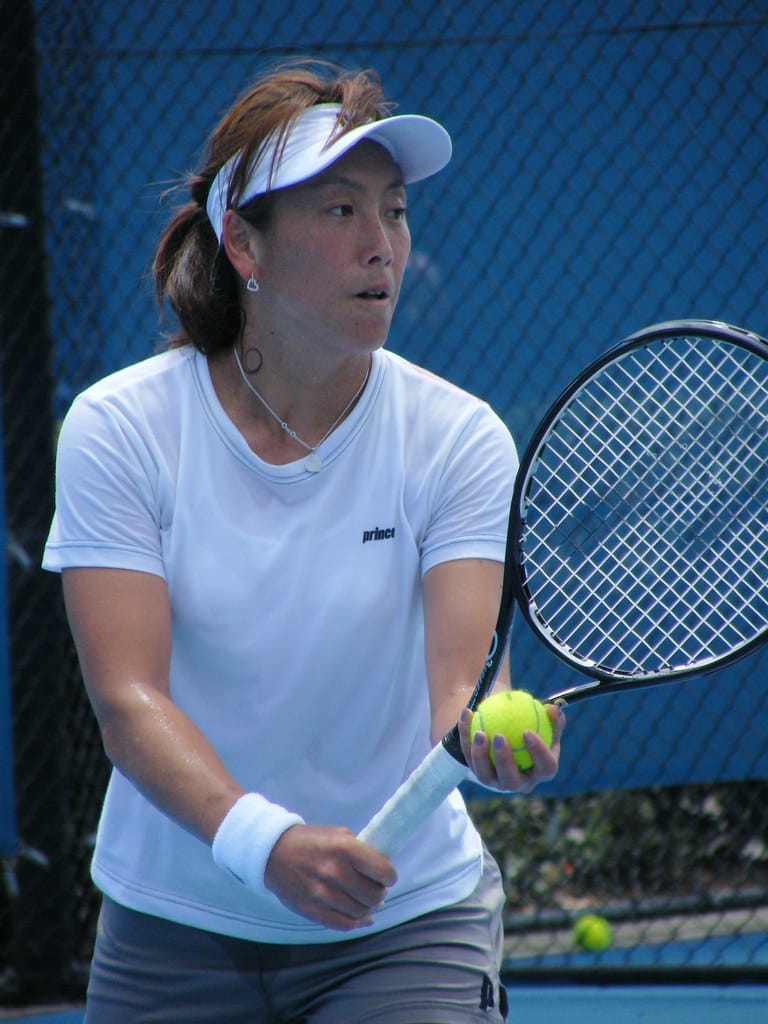Google's Robot Table Tennis Match: When AI Meets Athletic Precision
Google's latest experiment has taken artificial intelligence into the realm of competitive sports, creating two robotic arms capable of playing an endless game of table tennis. This breakthrough represents more than just mechanical precision—it's a glimpse into how AI systems can master complex, real-time physical interactions that require split-second decision-making and adaptive learning.
The Engineering Marvel Behind Infinite Rally
The setup involves two sophisticated robotic arms positioned across a regulation table tennis table, each equipped with advanced computer vision systems and machine learning algorithms. Unlike traditional industrial robots that follow predetermined paths, these systems must react dynamically to incoming balls, adjusting paddle angle, timing, and force in real-time.
Google's engineers faced the challenge of creating robots that could not only return shots but maintain extended rallies. The key breakthrough came through reinforcement learning, where the AI systems learned through millions of virtual practice sessions before transitioning to physical play. Each robot continuously analyzes ball trajectory, spin, and velocity while calculating optimal return strategies.
Beyond Simple Automation: Adaptive Intelligence
What makes this experiment particularly noteworthy is the robots' ability to adapt their playing style during matches. Traditional robotic systems excel at repetitive tasks with predictable outcomes, but table tennis demands constant adjustment to variables like ball spin, environmental factors, and opponent behavior.
The robots demonstrate several advanced capabilities:
- Predictive trajectory modeling that accounts for air resistance and table physics
- Real-time strategy adjustment based on rally patterns
- Spin recognition and counter-spin application for tactical advantage
- Collaborative learning where both robots simultaneously improve their skills
Real-World Applications Beyond the Game
While the spectacle of robot table tennis captures attention, the underlying technology has profound implications for multiple industries. The same systems enabling precise paddle control could revolutionize manufacturing assembly lines, surgical robotics, and autonomous vehicle navigation.
The real-time decision-making capabilities demonstrated in this experiment directly translate to scenarios requiring immediate response to changing conditions. Warehouse automation, quality control systems, and even disaster response robotics could benefit from these advances in adaptive AI.
Technical Specifications and Performance Metrics
Google's robotic arms achieve reaction times of approximately 10 milliseconds—faster than human reflexes but still requiring sophisticated prediction algorithms to maintain rallies. The systems process visual data at rates exceeding 1,000 frames per second, creating detailed models of ball physics that inform strategic decisions.
Early test results show the robots maintaining rallies for over 1,000 consecutive hits, with success rates improving through continuous learning algorithms. The systems demonstrate particular strength in handling high-speed returns and complex spin patterns that typically challenge human players.
Challenges and Limitations
Despite impressive capabilities, the robots still face limitations that highlight the complexity of human motor skills. Subtle variations in ball manufacturing, temperature changes affecting bounce characteristics, and the creative unpredictability that defines high-level human play remain challenging for AI systems.
The current setup requires controlled environmental conditions and specialized equipment, making it more of a research demonstration than a consumer-ready product. However, these limitations often drive further innovation in AI development.
The Future of AI-Human Interaction
This experiment represents a significant step toward AI systems that can engage in complex, real-time interactions with humans and their environment. As these technologies mature, we may see applications ranging from AI workout partners to sophisticated rehabilitation therapy systems.
The collaborative nature of the table tennis setup—two AI systems working together to maintain play—also demonstrates advances in multi-agent AI coordination, with potential applications in autonomous vehicle fleets and collaborative robotics.
Key Takeaways
Google's robotic table tennis experiment showcases AI's evolution from rule-based automation to adaptive, real-time problem-solving. While the immediate application entertains, the underlying technologies promise to transform industries requiring precise, responsive robotic systems.
This development signals a future where AI doesn't just follow instructions but actively participates in dynamic, unpredictable scenarios. As these systems continue learning and improving, the boundary between human and artificial intelligence in physical tasks continues to blur, opening new possibilities for human-AI collaboration across countless applications.
